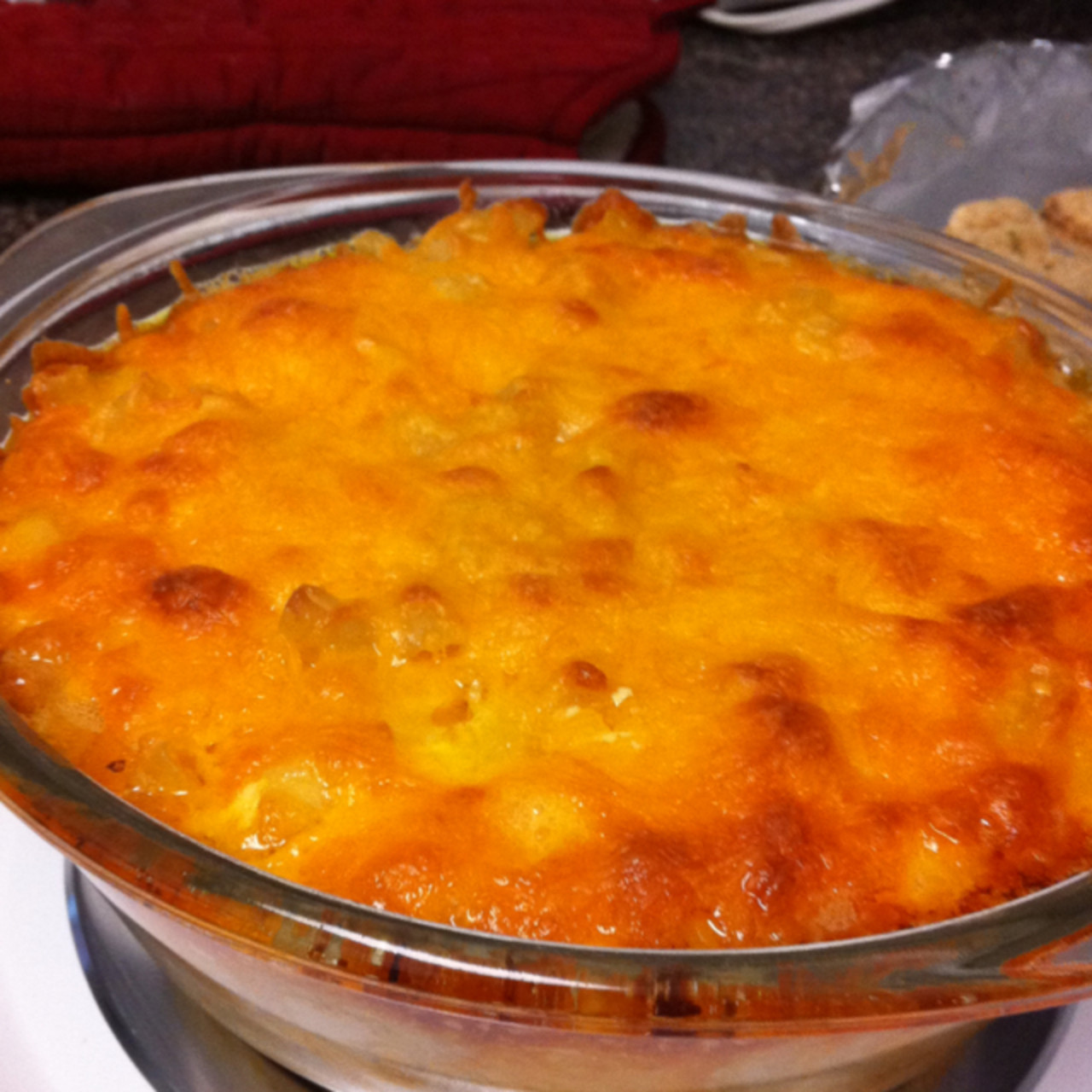


And cleanup is easy if you do let the residue dry on the grater (ask me how I know).Ĭheese melts better the more water content it has, but only as a general principle. Plus common sense says it is less oxidized.

I just know that we like saving money and enjoy grating our own cheese. Pre-shredded cheese has anti-caking agents like cellulose, which some folks insist they can taste. Finishing off your mac with a generous amount of dry, aged cheese puts it over the top with a bit of extra flavor and saltiness. We always have a frozen bag of grated Costco Pecorino Romano on hand, a stronger alternative to Parmigiano (parmesan is a fake word, stop using it).

Gruyere has a reputation for melting well. Though gouda is always a bit disappointing. Notes on Cheeseįrom our tinkering with the Instant Pot recipe, sharp cheddar produces the best or certainly most consistent result. It is tough to pull off and not that tasty, so I do not recommend it. There is also a “one pot” method of cooking pasta in milk then adding cheese to the starchy byproduct. A common method is making a roux, basically a whisked mixture of flour and butter (or other fat), then incorporating milk and cheese. There are obviously other ways to make mac and cheese, even on the stove. The stovetop’s simplicity and lower temperature greatly simplify the process. We learned the good news from an Instant Pot recipe, but Instant Potsta (?) easily ends up too watery. It comes in a can but may be frozen in an ice tray, giving you the power to quickly transform pasta into great mac and cheese.


 0 kommentar(er)
0 kommentar(er)
